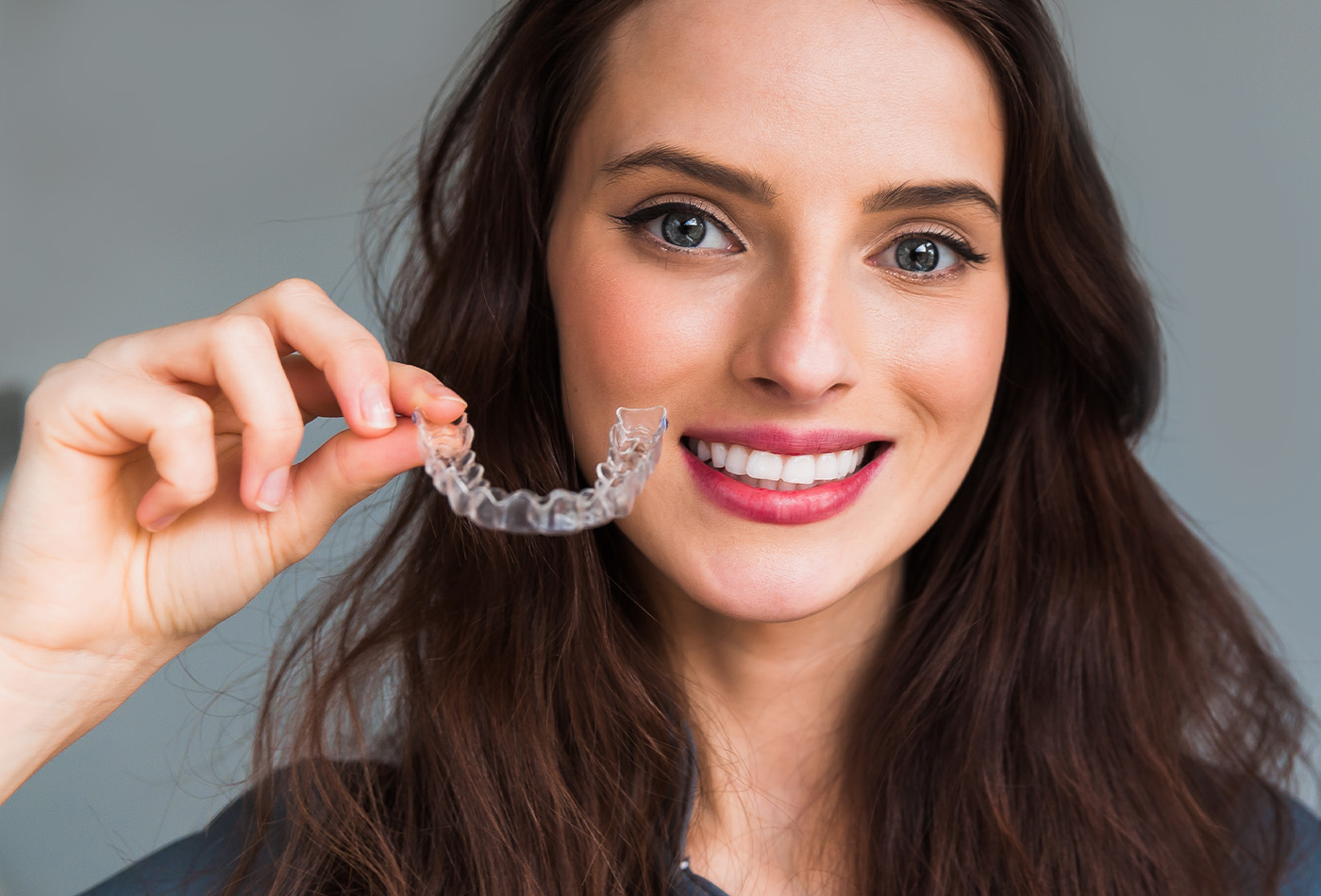Optimal oral health lays the foundation for your overall well-being. In your dental care journey, every step – from preventive measures to understanding the intricacies of basic restorative vs major restorative dental services – plays a significant role. Grasping the differences, appreciating the benefits, and discerning the ideal uses of these services are integral to achieving and maintaining optimal oral health.
Through this article, we will delve into the difference between both, giving you the knowledge needed to make crucial decisions about your dental health.
What is Basic Restorative Dentistry?
Basic restorative dentistry encompasses procedures aimed at tackling prevalent and typically uncomplicated dental concerns. The main objective of these services is to restore the proper functioning and appearance of your teeth, thereby enhancing your oral health.
These treatments contain:
- Dental Fillings: Say hello to dental inlays and onlays, the superheroes for your teeth! They repair minor damage or decay, snugly fitting within your tooth or covering the top edges. Crafted from top-notch materials, they’re perfect for rescuing cracked or fractured teeth not quite ready for a crown.
- Simple Tooth Extractions: Once in a while, a tooth needs to exit the stage, maybe because it’s too decayed, there’s not enough room, or it’s broken beyond repair. But hey, don’t sweat it! Your dentist has got this. With a gentle wiggle, they’ll help the tooth make its departure. Just like that – problem solved! And the best part? You’ll be as comfy as on a cloud, thanks to a little numbing magic!
By promptly addressing minor dental complications through basic restorative procedures, we can often avoid their progression into more significant issues.
What Are Major Restorative Dental Services?
Major restorative dental services step in to address more severe dental problems and extensive damage that exceed the capacity of basic restorative treatments. Key examples of these services include:
Dental Crowns – Protective Caps for Damaged Teeth
Think of them as the knights of your oral kingdom, standing guard as protective caps over your damaged teeth. They restore strength and function while maintaining a natural appearance. Protecting the roots with expert hands, your teeth could never be safer and shinier.
⇒ Maybe you’ll be interested in: How to Take Care of Dental Crowns?
Bridges – Bridge The Space Created by Missing Teeth
Got a gap from a missing tooth? No worries, our dental bridges act as a perfect conduit, linking the space seamlessly. You’ll be flashing that full smile in no time!
Dentures or Implants – Designed for Extensive Tooth Replacement
For more extensive tooth replacement, dentures or implants step in as the ideal solution. Designed with precision, they blend effortlessly with your existing teeth, bringing your smile back to life and of course, your chewing ability. A more enjoyable eating experience awaits you!
Root Canal Therapy – a Solution for Infected Tooth Pulp
This might sound a bit daunting, but trust us, it’s a real game-changer for combating tooth pulp infections. With this service, it will relieve your discomfort and preserve your natural tooth. Wave goodbye to infection and say hello to relief and restoration!
These major restorative procedures tend to be more complex, often necessitating multiple visits or more in-depth care.
Benefits of Restorative Dental Services
Both basic and major restorative dental services offer myriad benefits.
- Improved oral health:
Once you opt for restorative dental services, it is not just treating current problems; but also improving your overall oral health. These services help to eliminate infection, reduce discomfort, and create a healthier environment in your mouth. As a result, you can enjoy a fresher breath, a healthier smile, and a more confident you.
- Enhanced aesthetics:
Restorative dental services work wonders in enhancing the appearance of your teeth. Whether it’s through dental fillings, crowns, or implants, that are mentioned above, these services can significantly improve the color, shape, size, and overall look of your teeth. This could mean bidding goodbye to the embarrassment of discolored or damaged teeth and saying hello to a radiant, attractive smile that you can proudly showcase.
- Restored functionality:
One of the great benefits of restorative dental services is their ability to bring back the natural function and beauty of your teeth. You’ll once again be able to chew, speak, and smile with confidence. No longer will you need to be cautious about enjoying your favorite foods. With restorative dental services, you can fully embrace the joy of everyday life.
- Long-term durability:
Restorative dental procedures are designed to last. What can be better than this? Made from durable materials that mimic the strength of natural teeth, restorations in dental health offer a long-term solution to dental issues. This provides you with peace of mind, knowing that your dental problems have been addressed with lasting solutions.
- Preservation of natural teeth:
One primary goal of restorative dentistry is to preserve as much of your natural tooth as possible. Doing so maintains your natural bite, reduces the need for more invasive treatments, and contributes to overall oral health.
- Preventing further oral health issues:
By addressing dental issues at their onset, restorative dental services can prevent them from developing into more severe problems. This proactive approach to dental care can save you from potential pain, severe roots, more complex treatments, and higher costs down the line.
Basic Vs Major Treatments: When to Choose Which?
Understanding when to choose basic restorative dental services versus major ones is crucial. Typically, the nature and severity of the dental issue guide this decision.
Basic restorative treatments often suffice for minor dental issues. For instance, a small cavity can be effectively treated with an onlay/inlay. On the other hand, major restorative procedures become necessary for severe or complex dental problems. A badly damaged or decayed tooth may require a dental crown for full functionality and protection.
It is crucial to stress that these dental health decisions should be taken hand-in-hand with the expertise of dental professionals. As experts who can assess your oral health condition, dentists are best positioned to elucidate your treatment options and recommend the most appropriate treatment tailored to your specific needs. Engage in open, active consultation with your dental professional and step confidently towards a brighter, healthier smile.
⇒ Maybe you’ll be interested in: Direct vs Indirect Restoration: Understand The Differences
Find the Right Restorative Dentist for Your Needs
Understanding the distinction between basic restorative vs major restorative dental services is key to making informed decisions about your oral health care. Your needs will determine the type of service required, and a qualified, experienced dentist is instrumental in guiding this decision.
At NYC Dental, we stand ready to meet your diverse dental health needs with our comprehensive range of both basic and major restorative dental services. Our team of devoted professionals is driven by a concrete commitment to making your experience not just comfortable, but also fruitful in terms of effective treatment and enhancing your radiant smile.
So, step forward today. Reach out to us and allow us to accompany you on your rewarding journey towards optimal oral health and a more luminous smile.
Sources:
Shemesh, H., Wesselink, P. R., & Wu, M. K. (2010, August 16). Incidence of dentinal defects after root canal filling procedures. International Endodontic Journal, 43(11), 995–1000. https://doi.org/10.1111/j.1365-2591.2010.01740.x
Upadhyay, M. K., Rana, M., Tyagi, K. K., & Singh, K. (2015). A Nonsurgical root canal therapy treatment with apparent indications for root-end surgery. Asian Pacific Journal of Health Sciences, 2(4S), 55–59. https://doi.org/10.21276/apjhs.2015.2.2s.10
Cushing, A. (1989, December). Your mouth: A book about teeth and dental care. Journal of Dentistry, 17(6), 312. https://doi.org/10.1016/0300-5712(89)90065-1
WK, M., & MN, H. (2018). Comparative evaluation of newer obturating systems using cone beam computed tomography and direct digital radiography. Mouth and Teeth, 2(2). https://doi.org/10.15761/mtj.1000112






